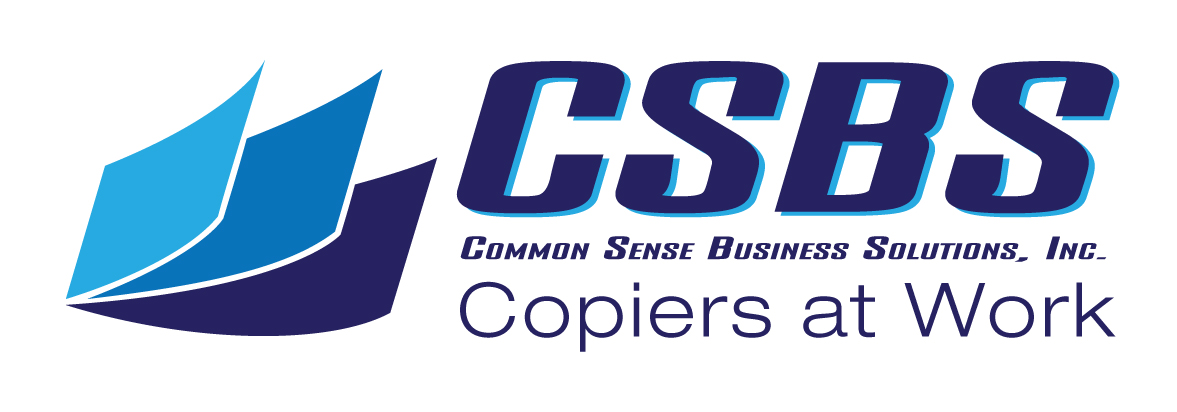 Technology in general, and office copiers in particular, have evolved immensely over the last several decades. Since the original invention of office copiers, the devices have gained new features and functionality that have made them faster, smarter, and capable of handling a wide range of tasks. Here’s a glimpse into their evolution.
Technology in general, and office copiers in particular, have evolved immensely over the last several decades. Since the original invention of office copiers, the devices have gained new features and functionality that have made them faster, smarter, and capable of handling a wide range of tasks. Here’s a glimpse into their evolution.
The First Office Copiers
Photocopying technology was born in New York City in 1938. Chester Carlson, a patent attorney who suffered from arthritis, was tired of the tedious process of copying documents by hand. To remedy the situation, he experimented until he made the first photocopy using a zinc plate coated with sulfur and a bright light. After nearly ten years of development, Haloid Corporation obtained a license to develop a copying machine based on Carlson’s original technology. Haloid coined the term xerography to replace Carlson’s original term of electrophotography. Later, Haloid changed their name to Xerox Corporation and, in 1959, introduced the Xerox 914, signaling the introduction of the first commercially successful copiers. By modern standards, the 914 would certainly be considered a dinosaur. It could produce a whopping 7 copies per minute, weighed about 650 pounds, and tended to burst into flames when it overheated! In fact, Xerox started to include a “scorch eliminator” (a.k.a. a fire extinguisher) with the 914 to help deal with the issue. Despite these problems, the 914 was beloved by office workers across the country, due mainly to the novelty and convenience of the technology.
Moving Forward
As the commercial success of copiers grew, so did the number of companies competing for a piece of the proverbial pie. Brands like Minolta, Ricoh, Sharp, Cannon, and Konica all began to develop their own products and fuel the growth of technology. In the early days of copying technology, many devices required specialized paper. However, newer photocopiers advanced to the point that they could produce copies using regular office paper. Other advances included the ability to duplex, to scan multiple pages at a time with an automatic document feeder tray, and to sort printed documents. In the late 1960s, 3M released Color-in-Color copiers, marking the commercial availability of the first full-color copiers.
The Digital Revolution
For most modern office workers, the original copiers seem like absolute dinosaurs. The state-of-the-art devices available now are almost unrecognizable compared to their ancestors. Digital technology allowed copiers to be faster, produce better quality images, and provide more features. The paltry 7 pages per minute of the original Xerox 914 pales in comparison to the lightning fast speeds of devices such as the Konica Minolta C454, which easily churns out 45 pages per minute. If you had told the secretaries of the 1950s that there would one day be multifunctional devices that could copy, print, scan, and fax, you almost certainly wouldn’t have been believed. Even features that modern office works take for granted, like collation, were not available on the original office copiers. The last several years have also seen the creation of technology that allows you to print from a phone using a mobile app or directly from a USB thumb drive that can be plugged into office copiers. Plus, fire extinguishers no longer need to be included with copiers, allowing administrative staff everywhere to stress a little less!
Overall, the evolution of office copiers is quite remarkable. From the humble beginnings in the home of Chester Carlson to the amazing functionality of modern Konica Minolta devices, copiers have certainly come a long way. When modern business owners and employees print or copy an important document, they may not realize how much history is behind those beloved devices. Contact us for more information.

